A Hamster is any number of small rodents in the Cricetinae subfamily. People commonly keep these furry little creatures as pets. Researchers recognize 18 different species of Hamsters. The closest relatives of these rodents include lemmings, voles, and some rats and mice. Read on to learn about the Hamster.
Description of the Hamster
Though each species is different, most members of this group share a few characteristics. They have stout, or even round, bodies, with short limbs and short tails. Their fur comes in a variety of colors, including white, brown, black, red, grey, and more.
Adults range in size depending on the species. These rodents measure anywhere from about 2 inches, to 13 inches long. At their heaviest, some species reach nearly a pound!
Interesting Facts About the Hamster
These rodents come in many different colors, shapes, and sizes. Learn more about a few individual species and their unique traits, below.
- Golden– This species is one that people most commonly keep as pets. Wild individuals live only in small pockets of Syria and Turkey. Though this might come as a surprise because they are so common in captivity, wild populations of this species are quite scarce. The IUCN lists this species as Vulnerable due to habitat loss and agricultural expansion.
- Campbell’s Dwarf – These little rodents bear the name of the person who originally collected the first scientific specimens. People often keep this little creature as a pet. In the wild, this species lives in burrow systems.
- Winter White Dwarf – Another common pet, this species is quite small with a distinct dark stripe down its back. Despite their name, pet winter white dwarves do not typically turn white during the winter. This is because they live indoors and do not experience the change of daylight length that triggers the white winter coat.
- Roborovski Dwarf – Of household pet Hamsters, this species is the least common. They are tiny, but incredibly fast, making them difficult to keep as pets. Their activity needs are much higher than some other species, and if they do not have enough active time to explore their health suffers.
Habitat of the Hamster
These little rodents occupy a variety of different habitats. However, many of them share the same types of preferences. Many species live in relatively arid regions with low rainfall. Some common habitats include deserts and desert edges, steppe, rocky areas, plains or grasslands, scrub, and more.
Depending on the species, some also range into agricultural areas. They live in pastures, fields, gardens, orchards, and more.
Distribution of the Hamster
The various species live in regions just below the Arctic Circle, also known as Palearctic regions. Wild populations live in Europe, Asia, Iran, Siberia, China, Syria, Turkey, Mongolia, and more. Captive populations live in households worldwide.
Diet of the Hamster
Wild populations have an omnivorous diet. This means that they eat both plants and small animals, usually invertebrates like insects. The herbivorous portion of their diet contains grains, grasses, leaves, seeds, berries, roots, and fruit. They also hunt grasshoppers, ants, flies, wasps, spiders, and even frogs.
Hamster and Human Interaction
Humans might love Hamsters as cuddly little pets, but their wild counterparts face serious conflict with humans and human activity. Humans destroy their habitat to build homes and expand agriculture.
Farmers also trap or poison these rodents because they eat crops. Some species face direct risk of extinction in the wild, but most have solid captive populations because of the pet trade.
Domestication
At most, you can consider these rodents as semi-domesticated. Humans have been selectively breeding them for a relatively short period of time. True domestication takes many years of selective breeding.
Does the Hamster Make a Good Pet
Yes, several different species of Hamsters make very good pets. However, you should always buy a pet that has been bred in captivity and not captured from the wild.
Hamster Care
Some species are quite friendly, and many are very active. Each has its own unique needs. Most need relatively large enclosures with deep, soft substrate to dig in and various tunnels to climb through. You can feed them commercially prepared Hamster diet, but you should add fresh fruits and vegetables as well.
Behavior of the Hamster
Though each species is different, many share similar behavior patterns. They live primarily on the ground, and dig burrows underground to hide from predators. These rodents are surprisingly territorial, and defend their burrows from intruders. Some are solitary and live alone while others live in groups with strict dominance hierarchies.
Reproduction of the Hamster
Each species has its own specific reproductive behaviors and rates. Across the species, both males and females breed with multiple partners. Depending on the species, these rodents can breed two, three, or even four times in one year.
The gestation period lasts two or three weeks, and litters contain about five or six young. It takes three weeks for the female to fully wean the young. Most species reach sexual maturity when they are about six weeks old.

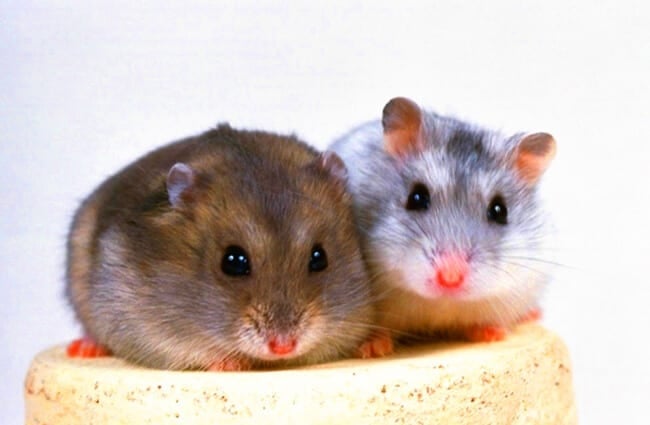
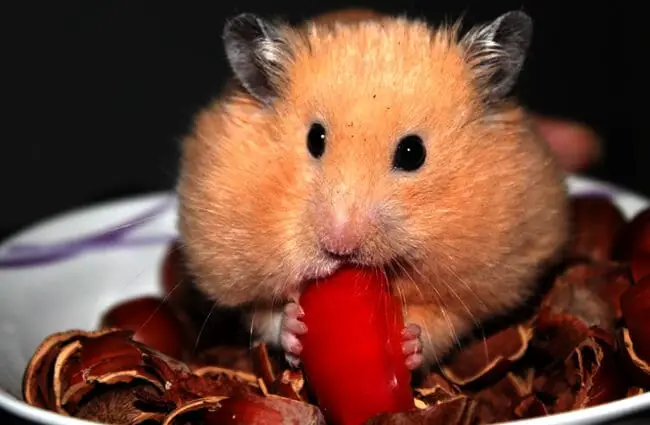
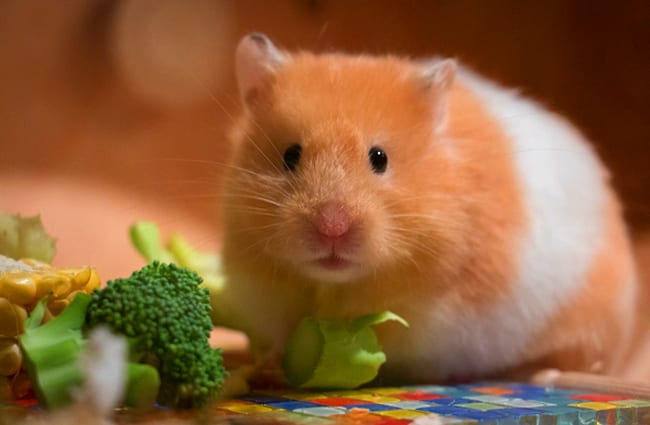
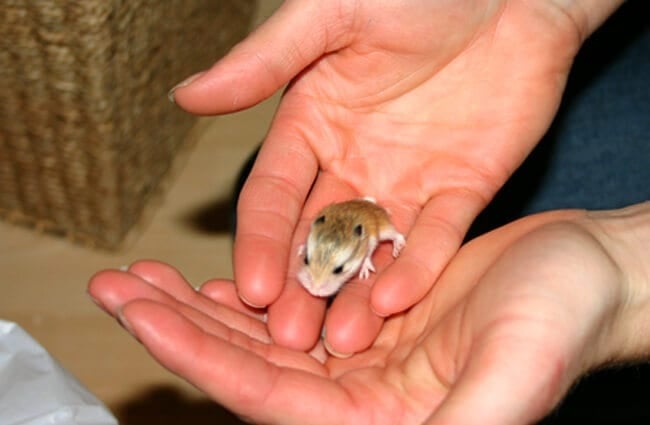
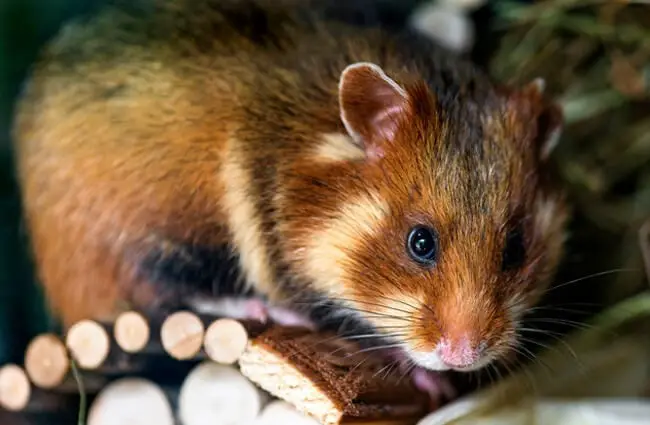


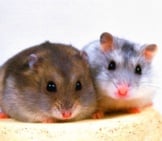





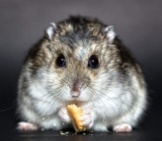
![Red Angus Closeup of a beautiful Red Angus cowPhoto by: U.S. Department of Agriculture [pubic domain]https://creativecommons.org/licenses/by/2.0/](https://animals.net/wp-content/uploads/2020/03/Red-Angus-4-238x178.jpg)












![Red Angus Closeup of a beautiful Red Angus cowPhoto by: U.S. Department of Agriculture [pubic domain]https://creativecommons.org/licenses/by/2.0/](https://animals.net/wp-content/uploads/2020/03/Red-Angus-4-100x75.jpg)

